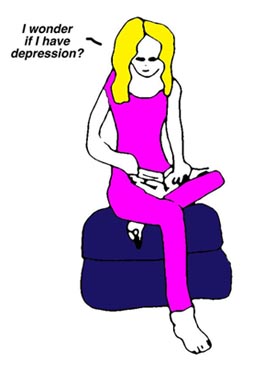 There’s nothing like a celebrity endorsement to move a drug off the shelves and into the nation’s medicine cabinets. TV personality Joan Lunden and former baseball star Mike Piazza stumped for the allergy pill Claritin, ice skater Dorothy Hamill and track star Bruce Jenner for the pain pill Vioxx, and Sen. Bob Dole, of course, pushed Viagra.
There’s nothing like a celebrity endorsement to move a drug off the shelves and into the nation’s medicine cabinets. TV personality Joan Lunden and former baseball star Mike Piazza stumped for the allergy pill Claritin, ice skater Dorothy Hamill and track star Bruce Jenner for the pain pill Vioxx, and Sen. Bob Dole, of course, pushed Viagra.
Celebrities even pushed psychiatric drugs like NASCAR figure Bobby Labonte who promoted the antidepressant Wellbutrin XL.
But what happens when things go awry? Did Dorothy Hamill know that Vioxx doubled the risk of heart attacks in users? Did the model Lauren Hutton know that hormone replacement therapy causes increased breast cancer and heart attacks when she shilled for it? Does actress Sally Field know that bone drugs like Boniva are linked to esophageal cancer, jawbone death and the very fractures they are supposed to prevent?
Some of Pharma’s most aggressive advertising is to convince parents their children’s minor sniffles or wheezing are imminent asthma and need treatment. Merck used Olympic gold-medalist swimmer Peter Vanderkaay and NBA kid clubs to sell the asthma drug Singulair, despite its links to suicide and emotional disturbances in children, according to Fox News. Merck also partnered with the American Academy of Pediatrics and Scholastic to sell Singulair, both of which parents consider neutral organizations not Pharma mouthpieces
Another campaign uses an Angelina Jolie look-alike model to sell the anti-Papillomavirus (HPV) vaccine Cervarix. The campaign, called “armed against cervical cancer,” makes the vaccine cool despite the fact that it is expensive, no more effective against cervical cancer than a Pap smear and has significant reported side effects. It’s no secret that vaccines are Pharma’s new profit centers and that government recommendations help sell them, as last fall’s exchange between Gov. Rick Perry and Rep. Michele Bachmann demonstrated.
Ads for genetically-engineered injected drugs like Humira also use glamour to sell, even though they are approved to treat serious diseases like Crohn’s and psoriatic arthritis and invite cancers and lethal infections because they suppress the immune system.
Many of Pharma’s most advertised drugs are also its most dangerous.
The antidepressant Cymbalta was the fourth most advertised drug in 2009, despite its links to liver problems and suicide in volunteers who tested it. It is now advertised as a “non-narcotic, once daily analgesic FDA approved for 3 indications across 4 different chronic pain conditions,” as if it’s a pain drug not a psychiatric one. Epileptic drugs like Pfizer’s Lyrica are widely advertised for migraines, headaches and pain, and the military spent $35 million on them in 2009.
But one of Pharma’ most sneaky tricks is drug advertising that pretends it is a public service from the government. A radio and TV campaign called “Depression is Real” is partially funded by the National Alliance on Mental Illness, which was investigated by Congress for its deep Pharma funding. The ads pretend to be public service announcements like warnings about lead paint and second hand smoke and stations run them for free.
The messages urge people to get “treatment” for their depression because it is as serious as “cancer” and could kill them. Of course, another thing that kills are dangerous drugs advertised to people who don’t need them.
Martha Rosenberg’s first book, “Born With A Junk Food Deficiency: How Flaks, Quacks and Hacks Pimp the Public Health,” scheduled for release April 2012, may be preordered on Amazon.


